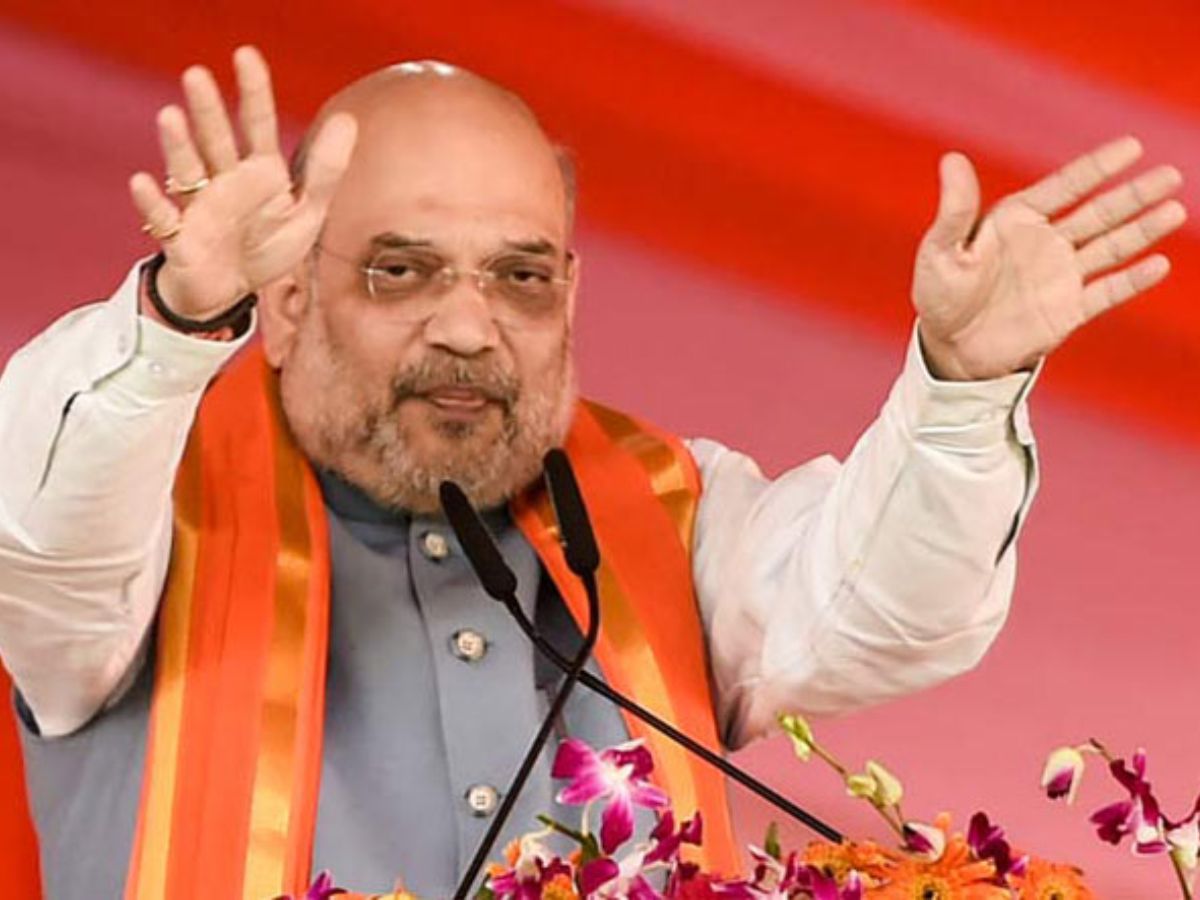The Indian Institute of Astrophysics (IIA), an autonomous body under the Department of Science and Technology, played a pivotal role in the Surya Tilak Project conducted at Ayodhya. As part of this initiative, sunlight was directed onto the forehead of Sri Ram Lalla at noon during the Sri Ram Navami celebration in the Chaitra month. The team from IIA meticulously calculated the sun’s position, designed and optimized the optical system, and conducted integration and alignment at the site.
 The date of the Sri Ram Navami festival fluctuates each year under Lunar Calendar, leading to variations in the sun’s position in the sky. Through detailed calculations, it was determined that the English calendar date of Sri Ram Navami repeats every 19 years, necessitating expertise in astronomy to pinpoint the sun’s position accurately.
The date of the Sri Ram Navami festival fluctuates each year under Lunar Calendar, leading to variations in the sun’s position in the sky. Through detailed calculations, it was determined that the English calendar date of Sri Ram Navami repeats every 19 years, necessitating expertise in astronomy to pinpoint the sun’s position accurately.
The IIA team spearheaded the calculation process to identify the calendar days of Sri Ram Navami for a 19-year cycle and subsequent repetitions, while also estimating the sun’s position in the sky on those dates.
Moreover, they led the design of an opto-mechanical system to direct sunlight from the temple’s rooftop to the idol’s forehead. This involved determining the appropriate size, shape, and placement of mirrors and lenses to ensure adequate light exposure for approximately 6 minutes. Additionally, they designed the lens and mirror holder assembly and a manual mechanism to adjust the first mirror’s position based on the sun’s movement. Extensive design optimization and simulations were conducted to ensure the system’s effectiveness.
IIA experts modified the design accordingly and conducted image optimization to adapt to the temple’s incomplete structure. The implemented design, featuring 4 mirrors and 2 lenses, was utilized for the Surya Tilak ceremony on April 17, 2024. IIA technical experts actively participated in testing, assembly, integration, and validation of the system on-site, including crucial alignment of mirrors and lenses during trial runs at the Ram Mandir before the ceremony.
The on-site implementation of the opto-mechanical system was carried out by CBRI, with the device itself manufactured by Optica, Bangalore. The finalized design, featuring 4 mirrors and 4 lenses, will be permanently installed once the temple construction is complete.
The mechanism was designed to accommodate shifts in the Ram Navami calendar date, ensuring functionality even with a 1-2 day variance. However, adverse weather conditions such as clouds or rain may hinder sunlight exposure, necessitating manual adjustments to the first mirror’s position annually before Ram Navami. The accessibility of the lens and mirror holders allows for periodic cleaning.
The manufacturing of the device was facilitated by Optica, Bangalore, with the implementation of the opto-mechanical system at the site overseen by CSIR-CBRI.




